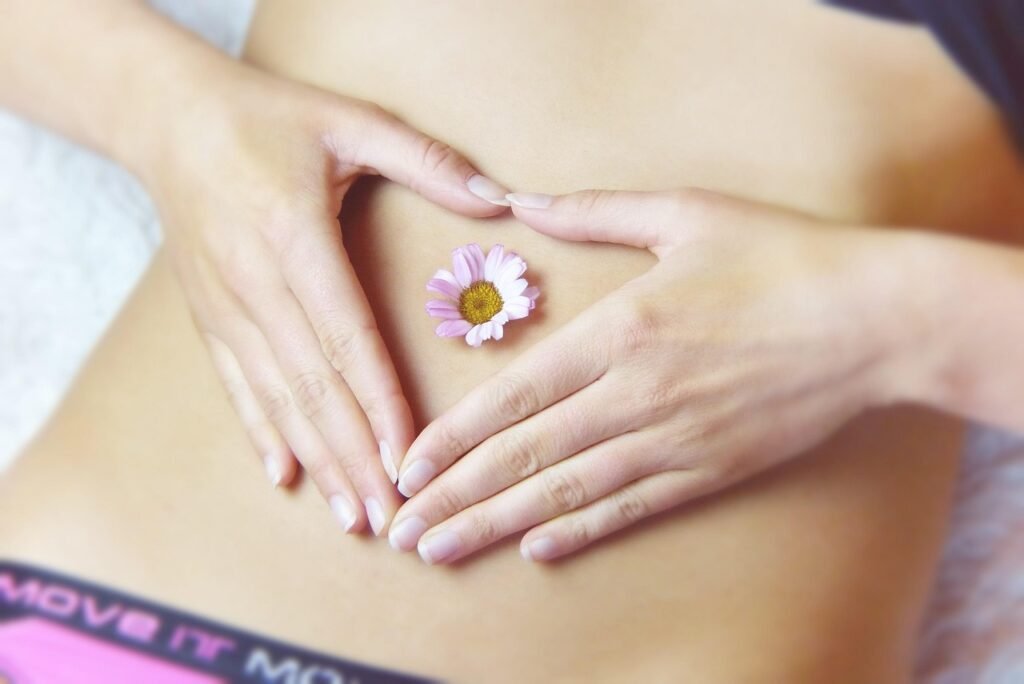Have you ever wondered how a quick dip into icy water could affect your body, particularly your blood sugar and insulin sensitivity? It’s a phenomenon that seems strange at first but has garnered attention for its potential health benefits. Let’s unpack this intriguing subject together.

The Basics of Blood Sugar and Insulin Sensitivity
To get a better understanding of how cold plunges might influence your blood sugar control, it’s essential to first grasp the basics of blood sugar and insulin sensitivity.
Blood Sugar: What You Need to Know
Blood sugar, or glucose, is a crucial source of energy for your body. When you eat, your body breaks down carbohydrates into glucose, which enters your bloodstream. A spike in blood sugar after meals is normal, but it’s your body’s ability to manage those spikes that can impact your health.
Insulin Sensitivity: The Role of Insulin
Insulin is the hormone produced by your pancreas that helps cells absorb glucose from the blood. Insulin sensitivity refers to how responsive your body’s cells are to this hormone. Higher sensitivity means your body can effectively manage blood sugar levels, while lower sensitivity may lead to conditions such as insulin resistance and even type 2 diabetes.
The Connection Between Cold Exposure and Metabolism
You might be wondering what role cold exposure plays in metabolism. Exposure to cold is not just uncomfortable; it causes your body to expend energy to maintain its core temperature. This increase in energy expenditure can influence how your body processes glucose and responds to insulin.
Understanding Cold Plunges
A cold plunge typically involves immersing your body in cold water, often at temperatures around 50°F (10°C) or below. While that might sound unappealing to some, the potential health benefits are worth considering.
How Cold Exposure Works
When you expose yourself to cold, your body undergoes a series of physiological processes. For instance, blood vessels constrict to preserve heat, and your metabolic rate can increase in an effort to keep you warm. This combination of responses may have implications for blood sugar levels and insulin sensitivity.
Physiology Behind Cold Plunges
When your body faces cold temperatures, it can lead to a process called non-shivering thermogenesis, where brown fat activates to generate heat. This process boosts your metabolism and potentially improves how your body utilizes glucose. Let’s not forget that each person’s response to cold can vary, influenced by factors like age, gender, body composition, and prior exposure to cold temperatures.
The Impact of Cold Plunges on Blood Sugar Levels
Now, let’s get to the core of the matter: how do cold plunges influence blood sugar levels?
Short-Term Effects of Cold Plunges
In the short term, studies suggest that cold exposure can lead to an acute improvement in insulin sensitivity. When subjected to cold, your body may experience a temporary rise in glucose uptake by cells, meaning that your blood sugar levels could stabilize more effectively post-meal.
| Effect | Short-Term Reaction |
|---|---|
| Insulin Sensitivity | Potential increase in sensitivity |
| Blood Sugar Levels | Gradual stabilization after meals |
Long-Term Effects of Regular Cold Exposure
While the immediate effects can be promising, the long-term influence of regular cold plunges is still being studied. Some research indicates that regular exposure to cold may promote favorable changes in how your body regulates insulin. It’s like turning on a switch that allows your body to function more efficiently in regard to glucose management.
Individual Variability
Keep in mind that everyone’s response to cold plunges can differ. Factors such as metabolic rate, lifestyle, diet, and overall health can all play a role in how cold exposure affects your body. Those with pre-existing conditions like diabetes should consult healthcare professionals before starting cold plunge routines.
Cold Plunges and Insulin Sensitivity
Let’s take a closer look at how cold plunges may impact your insulin sensitivity in more depth.
The Science of Insulin and Cold Exposure
There’s a growing body of scientific research focused on the interplay between cold exposure and insulin sensitivity. Some studies indicate that acute cold exposure can lead to the release of norepinephrine, a hormone that plays a role in fat burning and may improve insulin action.
What Studies Are Saying
Research examining the effects of cold exposure on insulin sensitivity shows promising results, suggesting that brown adipose tissue activation may be linked to enhanced glucose metabolism. In a few studies, participants who engaged in cold exposure showed better insulin action when compared to those who maintained a warm temperature.
| Study | Findings |
|---|---|
| Study A | Significant increase in insulin sensitivity post-cold plunge |
| Study B | Improved glucose metabolism with regular cold exposure |
| Study C | Norepinephrine release linked to enhanced insulin function |

Benefits Beyond Blood Sugar Control
Cold plunges may offer additional benefits beyond just improving blood sugar and insulin sensitivity. Let’s break down some of these potential advantages, because a cold plunge might be worth considering.
Hormonal Balance
Cold exposure can influence hormone levels, including cortisol, the stress hormone. While a little bit of stress can have positive effects, chronic stress usually isn’t beneficial and can lead to elevated blood sugar levels. Cold plunges may help mitigate this by balancing out cortisol levels, potentially improving your overall hormonal landscape.
Mental Health Benefits
The shock of cold water can also provide a mental boost. Many people report feeling invigorated and alert after a cold plunge. This improvement in mental clarity can lead to better decision-making regarding diet and exercise, which in turn can help maintain healthy blood sugar levels.
Enhanced Recovery from Exercise
If you’re someone who participates in regular exercise, cold plunges can be a useful recovery tool. By reducing inflammation and promoting circulation, cold exposure can help your muscles recover faster, allowing you to maintain a consistent workout regimen beneficial to blood sugar control.
Including Cold Plunges in Your Routine
Interested in giving cold plunges a try? Here’s how you can safely incorporate them into your routine.
Starting Slowly
If you’re new to cold plunges, it’s wise to ease into it. Starting with shorter durations, like 30 seconds to a minute, can help your body adapt to the shock of cold water. Gradually increasing your time can make the experience more manageable.
Frequency of Cold Exposure
How often should you take cold plunges? While there’s no one-size-fits-all answer, some experts recommend 2 to 3 times a week. You can adjust this based on your comfort level and your specific health goals.
Safety Considerations
It’s important to consider safety when engaging in cold plunges. People with certain medical conditions, such as cardiovascular issues, should consult a healthcare provider first. Always listen to your body; if you feel too uncomfortable or notice any adverse reactions, it’s time to get out.

Combining Cold Plunges With Other Healthy Habits
Cold plunges should be part of a broader healthy lifestyle if you want to maximize their impact on your blood sugar and insulin sensitivity. Here are some complementary habits you could adopt.
Balanced Diet
Your diet plays a crucial role in managing blood sugar levels. Focusing on whole foods, fiber-rich produce, and lean proteins can create a robust nutrition strategy. When combined with cold plunges, a balanced diet can further enhance your insulin sensitivity.
Regular Exercise
Exercise is vital for blood sugar control. Including both cardiovascular and strength training can help improve insulin sensitivity and overall metabolic health. While cold plunges can be an excellent recovery tool, don’t forget about the importance of regular movement in your daily routine.
Mindfulness and Stress Management
As previously mentioned, managing stress is important for maintaining healthy blood sugar levels. Finding activities that help you unwind, like yoga or meditation, can complement the potential benefits of cold plunges. Consider adding these practices into your week to create a holistic approach to health.
The Takeaway
Cold plunges may have a unique impact on your blood sugar and insulin sensitivity, showing potential benefits when used effectively. From hormonal balance to mental clarity, the overall advantages of incorporating cold exposure are worth considering. Just remember to pair them with a balanced diet, regular exercise, and stress management strategies for the best results.
Your journey with cold plunges may just be the refreshing experience you need to enhance your health and well-being. Enjoy the chill!


